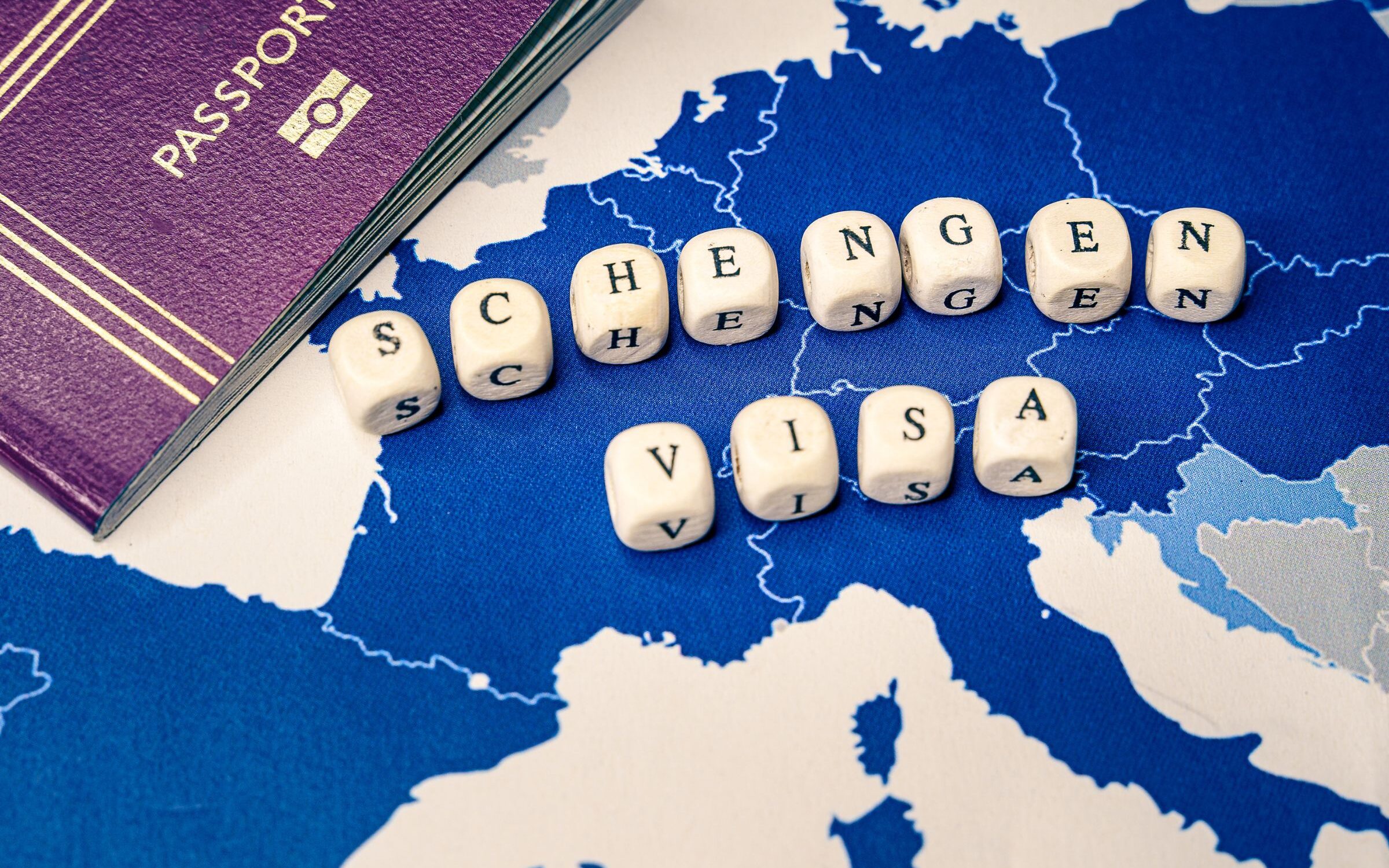March 7, 2024
So…WHAT is the Schengen Area?
With the recent inclusion of Romania and Bulgaria, the Schengen Area now boasts 27 member states, fostering seamless travel within Europe’s open-border zone.
Ever pondered over the ease of traversing European nations during your grand Euro adventure? Look no further than the Schengen Area. Crafted to streamline travel across the continent, this enclave within the European Union facilitates borderless access, simplifying journeys for globetrotters.
Below, we delve into the essence of the Schengen Area, identifying its member countries and highlighting the recent additions to this dynamic alliance.

Why do I need to know?
Discovering Europe seamlessly is all about understanding the Schengen Area. It’s a network of continental European countries where border checks and passport controls have been eliminated. This means you can traverse between these countries without the hassle of constant document checks.
With 3.5 million daily border crossings and 1.7 million people living in one Schengen country while working in another, the Schengen Area offers unparalleled convenience. For travelers, this translates to uninterrupted exploration of diverse cultures and landscapes.
For you, as a discerning traveler, the Schengen Zone means effortless movement between countries, allowing you to focus on exclusive experiences and cultural immersion rather than bureaucratic hurdles. Plus, for non-EU travelers, the Schengen Visa opens doors to multiple countries with a single application, making your European journey even smoother.
How do you pronounce “Schengen Area”?
Schengen is pronounced “SHENG-en,” where the en rhymes with ten. The area is named after the 1985 Schengen Agreement and the 1990 Schengen Convention, both signed in the border town of Schengen in Luxembourg, which led to the creation of the open-border zone.
Which countries recently joined the Schengen Area?
Romania and Bulgaria will join the Schengen Area by the end of March 2024. There will be free movement for EU residents and travelers arriving in the two countries via flights or boats, meaning there will be no passport checks if you travel between the two, or between either and another country that belongs to the Schengen Area. (However, if you come in from a non-Schengen country, such as the United States, passport checks will still be required.) There has yet to be an outlined date for land borders to be included in the agreement.
Which countries are in the Schengen Area?
- Austria
- Belgium
- Bulgaria
- Czech Republic
- Croatia
- Denmark
- Estonia
- Finland
- France
- Germany
- Greece
- Hungary
- Iceland
- Italy
- Latvia
- Liechtenstein
- Lithuania
- Luxembourg
- Malta
- Netherlands
- Norway
- Poland
- Portugal
- Romania
- Slovakia
- Slovenia
- Spain
- Sweden
- Switzerland
Is the UK part of Schengen?
In 1999, the UK decided to opt out of becoming a member of the Schengen Area. It is one of only 11 countries not included in the agreement; the others are Albania, Armenia, Azerbaijan, Belarus, Bosnia & Herzegovina, Macedonia, Moldova, Montenegro, Russia, Serbia and Ukraine.
This means that the UK has its own border control policies, and while UK residents do not need a visa for short trips to Schengen countries, there are some caveats.
